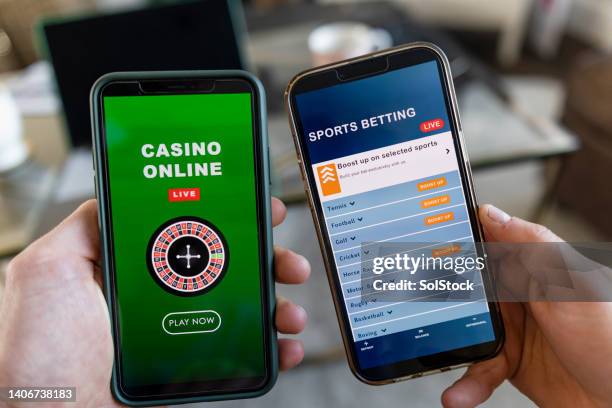
How to get started with your first coding project
Are you looking to embark on a journey into the world of coding? How to get started with https://babu88-bangladesh.net Learning to code can be both exciting and overwhelming, especially if you’re not sure where to begin. This article will guide you through the first steps to become a proficient coder, whether you want to build websites, create applications, or dive into data science. Let’s get started!
Step 1: Choosing Your Learning Path
Before you start coding, it’s important to determine what you want to achieve. Do you want to build websites, develop mobile apps, or work with data? Your goals will influence the languages and tools you should learn. Here are some popular options based on your interests:
- Web Development: HTML, CSS, JavaScript
- Mobile Development: Swift (for iOS), Kotlin (for Android)
- Data Science: Python, R
- Game Development: C#, Unity
Step 2: Picking a Programming Language
Once you’ve determined your path, the next step is to select a programming language. Here’s a brief guide:
- Python: Great for beginners due to its readability and vast community support. Ideal for web and data science.
- JavaScript: Essential for web development; it allows you to create interactive web pages.
- Java: A versatile language used in many large organizations, especially for backend development.
- Ruby: Known for its elegance and ease of use, commonly used in web applications.
Step 3: Finding Learning Resources
Having the right resources can make a huge difference in your learning experience. Here are some types of resources you might consider:
- Online Courses: Platforms like Codecademy, Udemy, and Coursera offer structured courses.
- YouTube: Many developers share tutorials and tips to help you understand programming concepts visually.
- Books: If you prefer a more traditional approach, books can be an excellent resource.
- Documentation: Get used to reading official documentation; it’s an invaluable skill for any developer.

Step 4: Setting Up Your Development Environment
To start coding, you’ll need to set up a development environment. This includes a text editor or an Integrated Development Environment (IDE) and the necessary tools for your chosen programming language. Here’s a quick guide on getting set up:
- Text Editors: Consider using Visual Studio Code, Sublime Text, or Atom for editing code.
- IDEs: For languages like Java, you might choose Eclipse or IntelliJ IDEA.
- Version Control: Learn Git to manage your code and collaborate with others.
Step 5: Start Coding!
Now comes the fun part: writing code! Start with simple projects like:
- A personal website using HTML and CSS
- A to-do list app using JavaScript
- A simple Python script to automate a task
Don’t be afraid to experiment and make mistakes—it’s all part of the learning process!
Step 6: Join the Community
Engaging with the coding community can provide you with support and guidance. Consider joining:
- Forums: Sites like Stack Overflow are great for asking questions.
- Meetups: Local coding groups can offer networking opportunities.
- Online Communities: Platforms like Reddit and Discord have groups focused on specific programming languages and topics.
Step 7: Keep Practicing and Building Your Portfolio
Your first projects are just the beginning. Continue to challenge yourself with more complex projects, and start building a portfolio to showcase your work. As you gain confidence, consider contributing to open-source projects or collaborating with more experienced developers.
Conclusion
Learning to code takes time, perseverance, and a lot of practice. By following these steps—choosing a learning path, picking a language, finding resources, setting up your environment, starting to code, joining the community, and keeping up with regular practice—you’ll be well on your way to becoming a proficient coder. Remember that resources like online courses, forums, and community support can be invaluable as you progress on this exciting journey. So take the plunge, start coding, and enjoy the process!